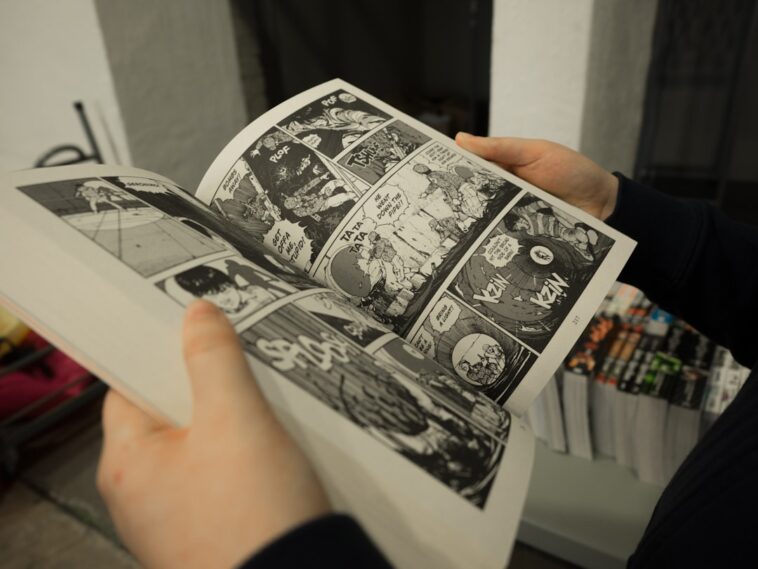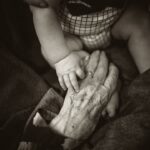So, you’re ready to dive into the awesome world of manga! That’s fantastic! Manga, Japanese comics, are a super popular form of storytelling, and getting started is easier than you might think. Think of it like reading a book, but with cool pictures that really bring the story to life. Let’s get you started on your manga reading adventure!
Getting Started: The Basics
First things first, you need to find some manga to read! You can find manga in a few different places. Your local bookstore might have a section dedicated to manga and graphic novels. Online retailers like Amazon are also great sources. There are even digital manga services where you can read manga on your computer, tablet, or phone. Some popular apps and websites include Crunchyroll, Manga Plus, and Viz Manga. Many of these offer free chapters to get you hooked!
Now, the most important thing to remember is that manga is read from right to left. This can feel a little strange at first if you’re used to reading from left to right like in English. But don’t worry, you’ll get the hang of it quickly! Just think of it as a new and exciting way to experience a story.
Reading Manga: A Step-by-Step Guide
Okay, let’s break down the process of reading a manga page:
Start in the upper right-hand corner of the page. This is where you’ll find the first panel.
Read the panel from right to left. The dialogue bubbles will also be arranged in this order, so read the rightmost bubble first.
Move to the next panel to the left. Continue reading from right to left within the panel.
Once you’ve finished reading all the panels in the top row, move down to the next row and repeat the process. Remember, right to left, then top to bottom!
When you reach the end of the page, turn the page and continue reading in the same way.
It might feel slow at first, but with a little practice, you’ll be flipping through the pages like a pro.
Understanding Manga Conventions
Manga has its own visual language, and understanding some common conventions can really enhance your reading experience. Here are a few things to keep an eye out for:
Speed Lines: These lines are used to show movement or speed. They can indicate that a character is running quickly or that an object is flying through the air.
Sweat Drops: A large sweat drop on a character’s head usually indicates embarrassment, nervousness, or awkwardness.
Big Eyes: Characters with large, expressive eyes are common in manga, especially in shojo (manga aimed at young girls). These eyes help to convey a wide range of emotions.
Chibi: Sometimes, characters will be drawn in a small, cute, and exaggerated style called chibi. This is often used for comedic effect.
Nosebleeds: In some manga (usually in comedic or ecchi – suggestive – contexts), a nosebleed is a reaction to sexual arousal or excitement. It’s a trope that’s not meant to be taken literally.
Emphasis Lines: These are similar to speed lines but are used to emphasize a feeling or emotion, rather than movement.
Tips for Enjoying Manga
Don’t be afraid to take your time! There’s no rush to finish a manga volume. Enjoy the artwork, savor the story, and let yourself get immersed in the world.
If you’re having trouble understanding something, don’t be afraid to look it up. There are tons of online resources that can help you understand manga conventions and Japanese culture.
Talk to other manga readers! Sharing your thoughts and feelings about a manga series can be a lot of fun. You can find manga communities online and in person.
Experiment with different genres. Manga covers a wide range of genres, from action and adventure to romance and comedy. Don’t be afraid to try something new. You might just discover your next favorite series!
Read manga in a well-lit place to reduce eye strain.
Take breaks! If you’re reading for a long time, be sure to give your eyes a rest.
Potential Concerns
Like any form of media, manga can contain mature themes or content that may not be suitable for all readers. It’s always a good idea to check the rating or read reviews before starting a new series. Some manga contains violence, sexual content, or strong language.
Also, be mindful of your posture while reading. Reading in awkward positions for extended periods can lead to neck pain or back pain. Try to sit or lie down in a comfortable position.
Frequently Asked Questions
What is the difference between manga and anime?
Manga are Japanese comics or graphic novels, while anime are Japanese animated productions. Manga is the source material for many anime series.
Where can I read manga online for free?
Some official platforms like Manga Plus and Crunchyroll offer free chapters of certain manga series. However, be cautious of unofficial websites that offer free manga, as they may be illegal or contain malware.
How do I know what manga to read?
Ask friends for recommendations, check online reviews, or browse manga websites and apps. Consider your favorite genres and look for manga that fall into those categories.
What is shonen and shojo manga?
Shonen manga is typically aimed at young boys and features action, adventure, and humor. Shojo manga is typically aimed at young girls and focuses on romance, relationships, and slice-of-life stories.
Are manga read in color?
Most manga are printed in black and white, but some series have color pages, especially in the first few chapters or special editions. There are also a few entirely color manga, though they are less common.
So, that’s it! You’re now equipped with the knowledge you need to start reading manga. Remember to be patient with yourself as you learn the right-to-left reading direction. Most importantly, have fun exploring the vast and wonderful world of manga! Happy reading!



GIPHY App Key not set. Please check settings